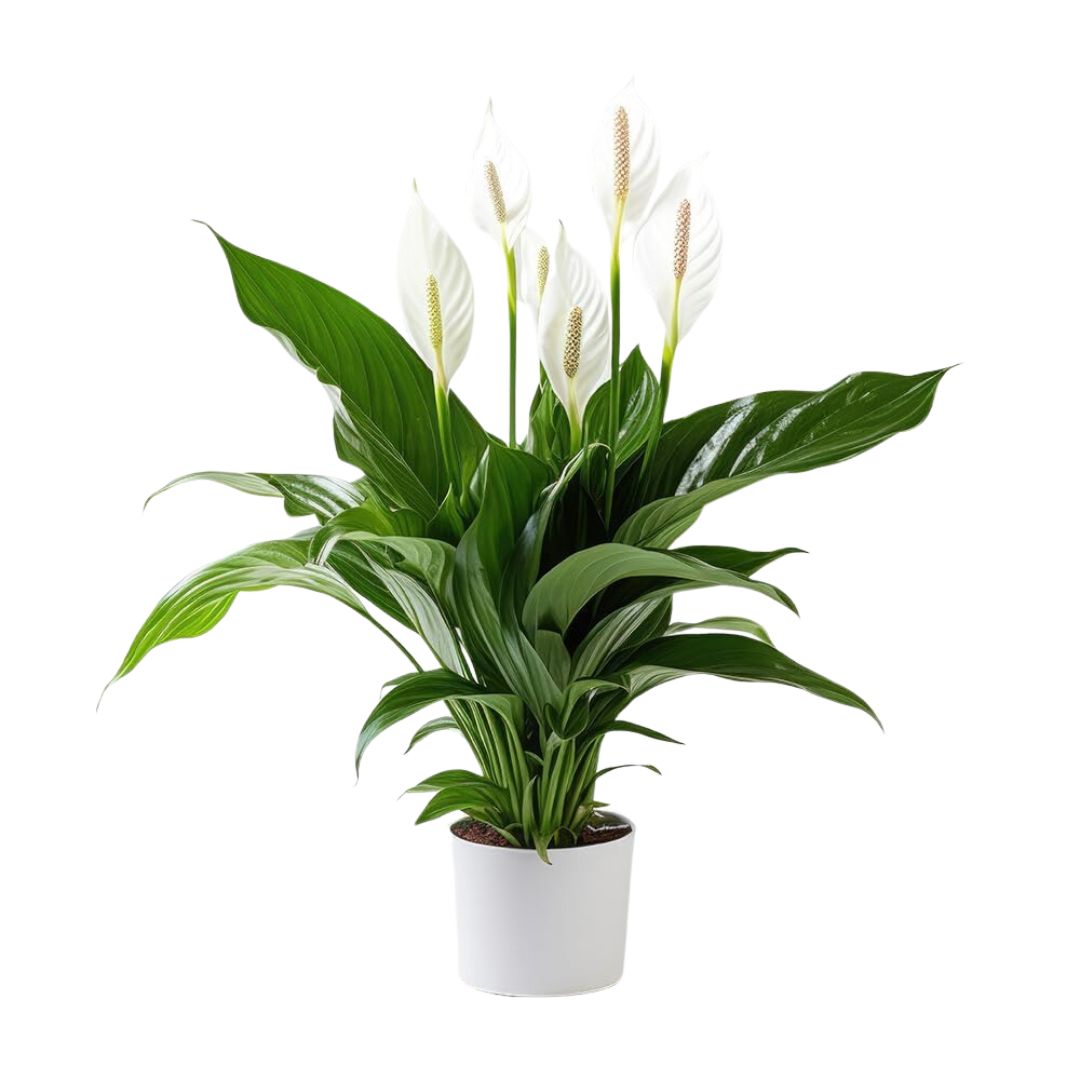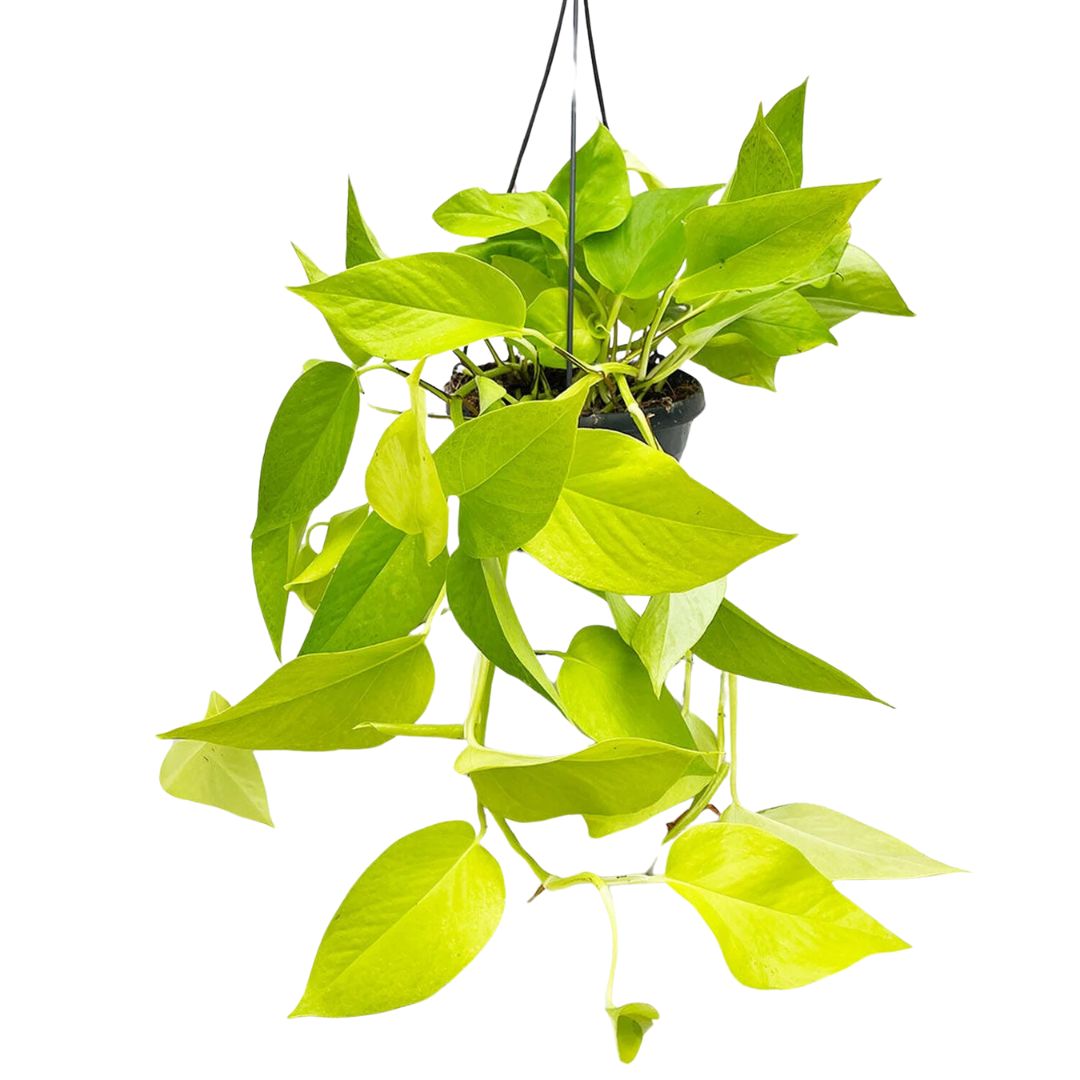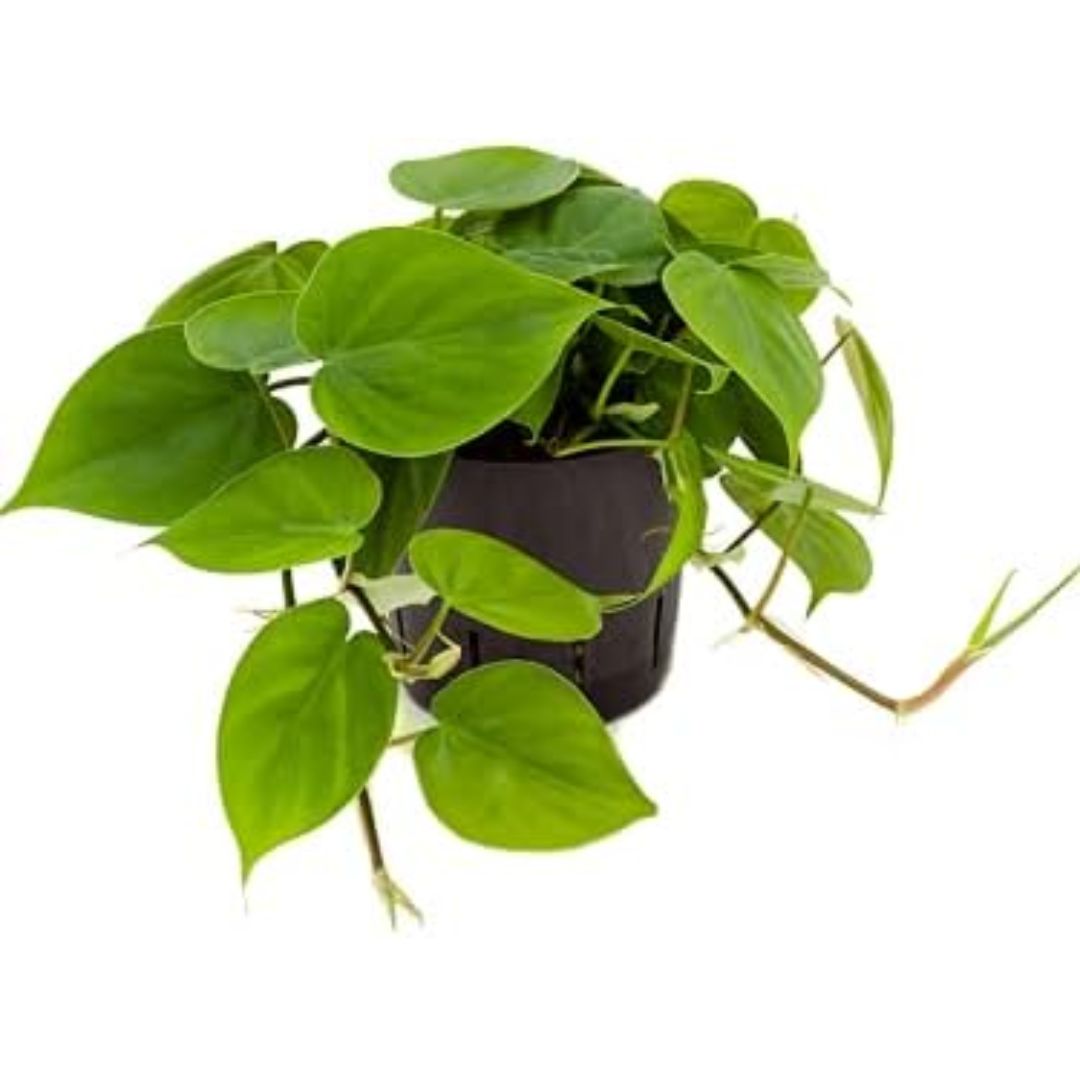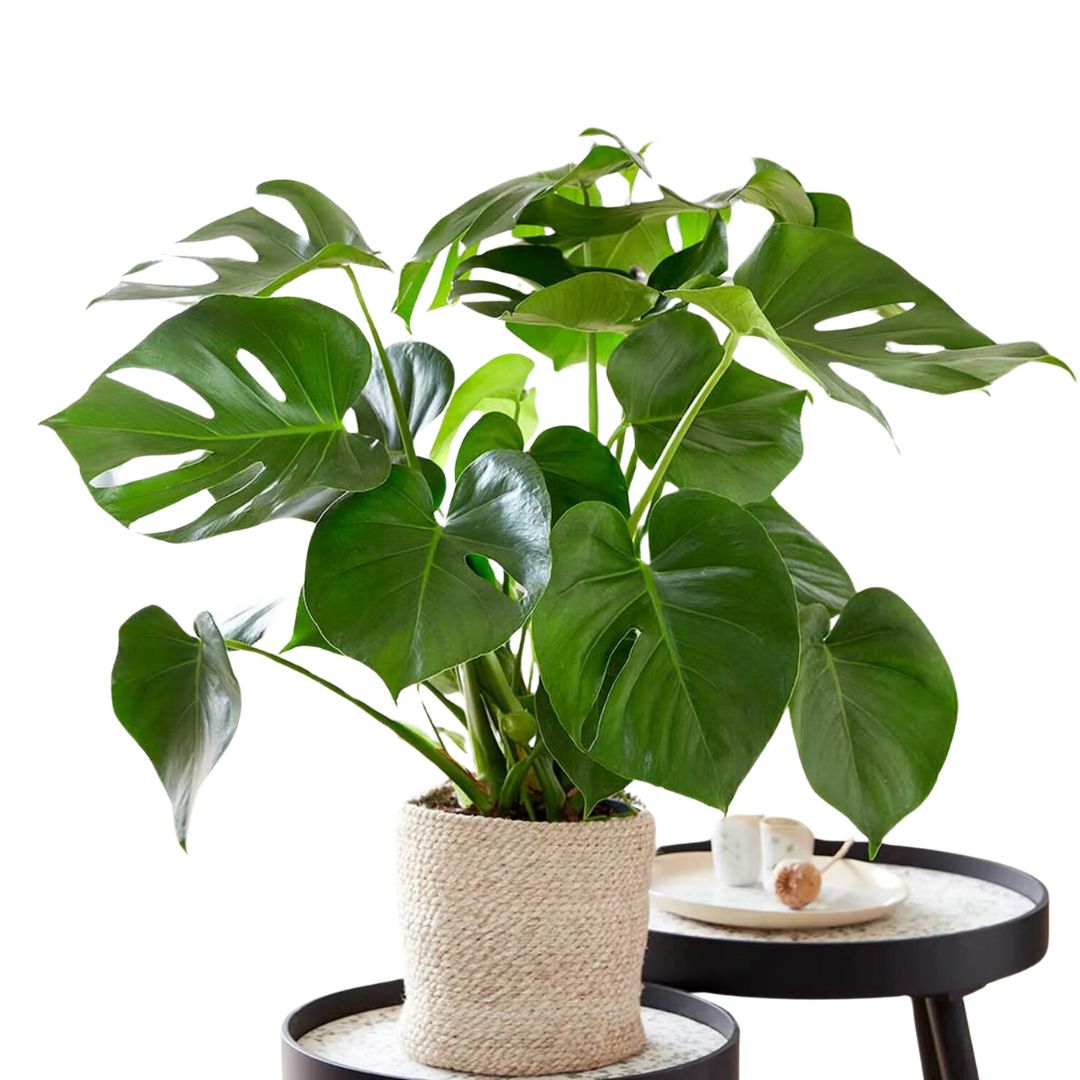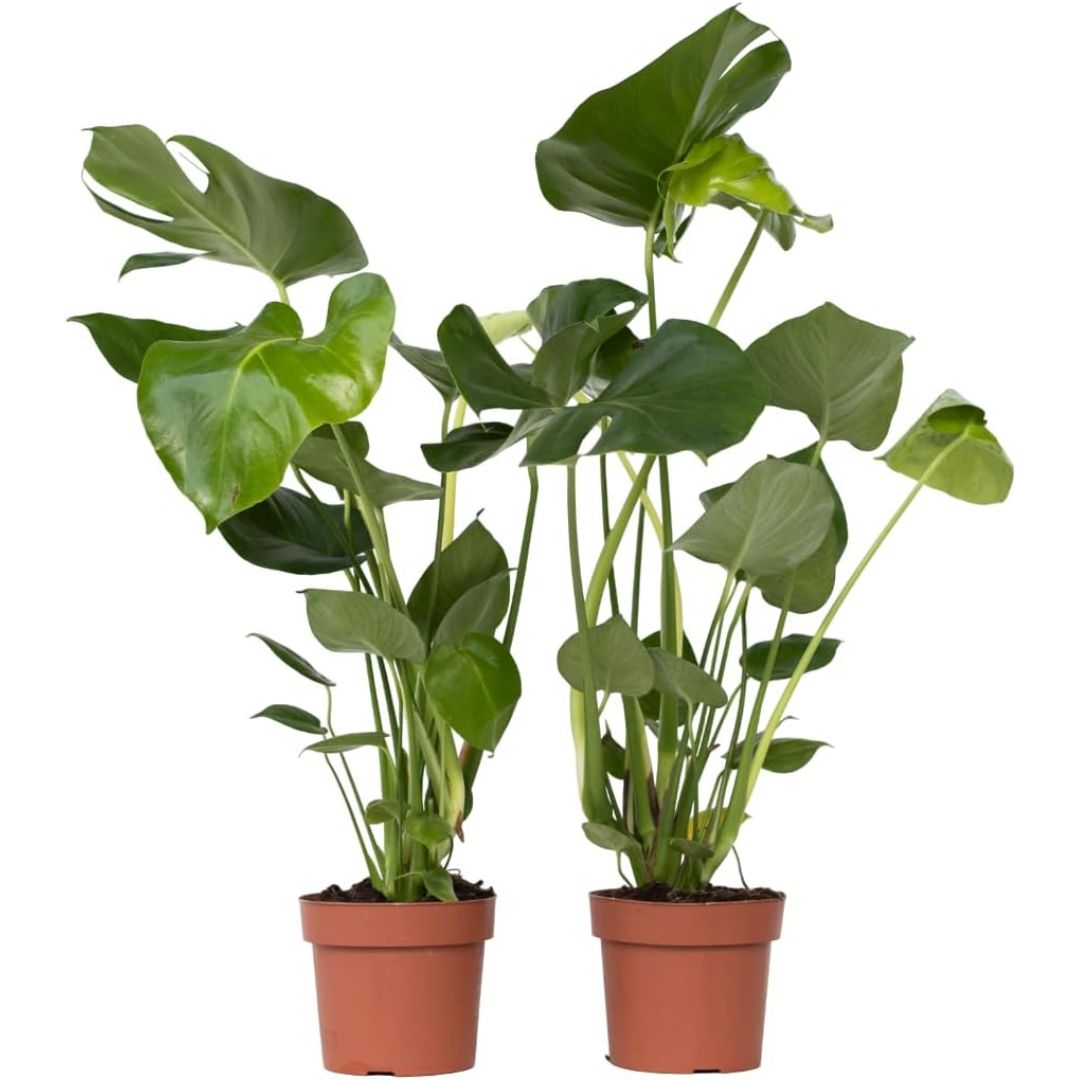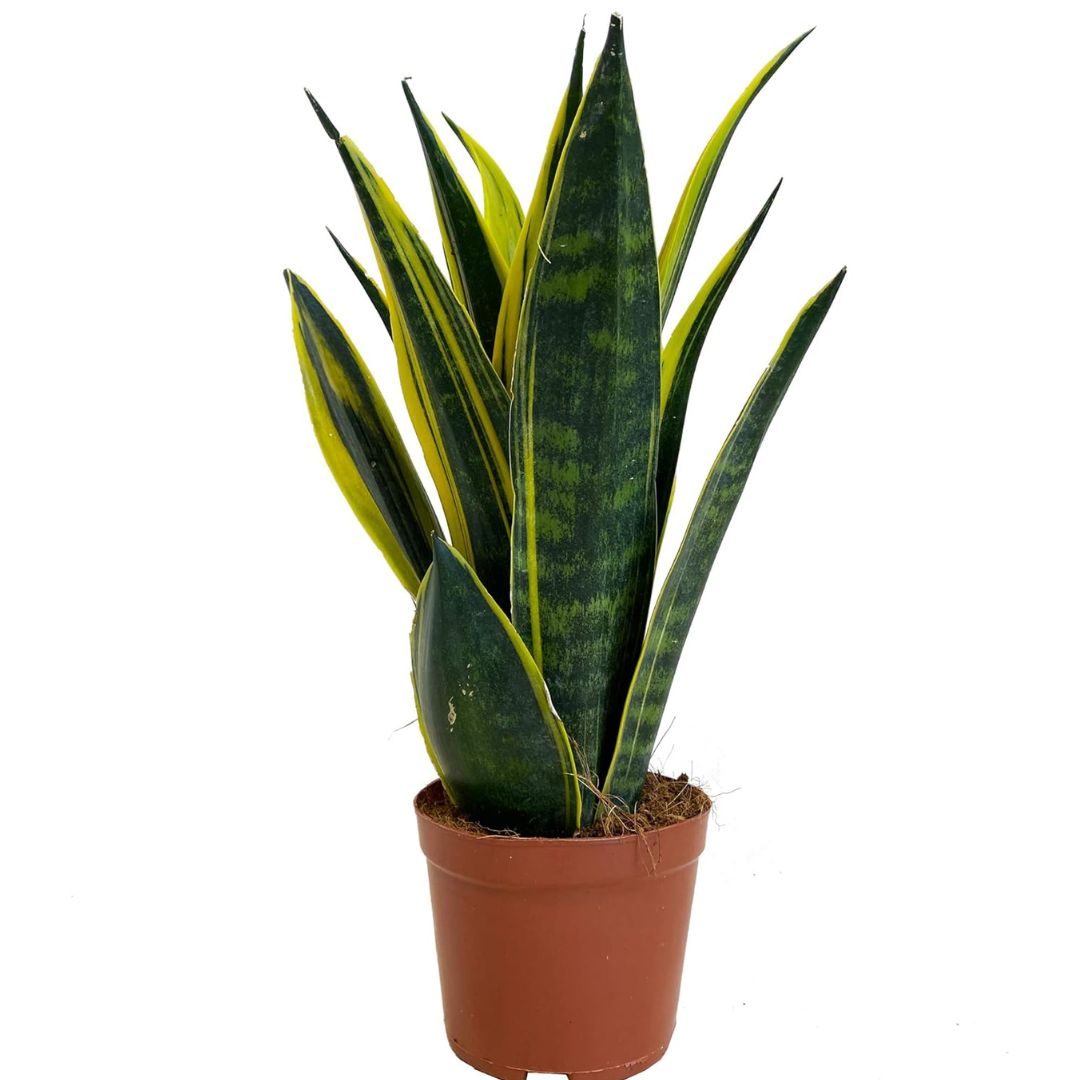Which Are the Best Houseplants for Releasing Oxygen? 7 Picks That Will Bring a Sense of Freshness to Your Home
Breathe new life into your home with indoor plants that will 'cleanse' your space at the same time
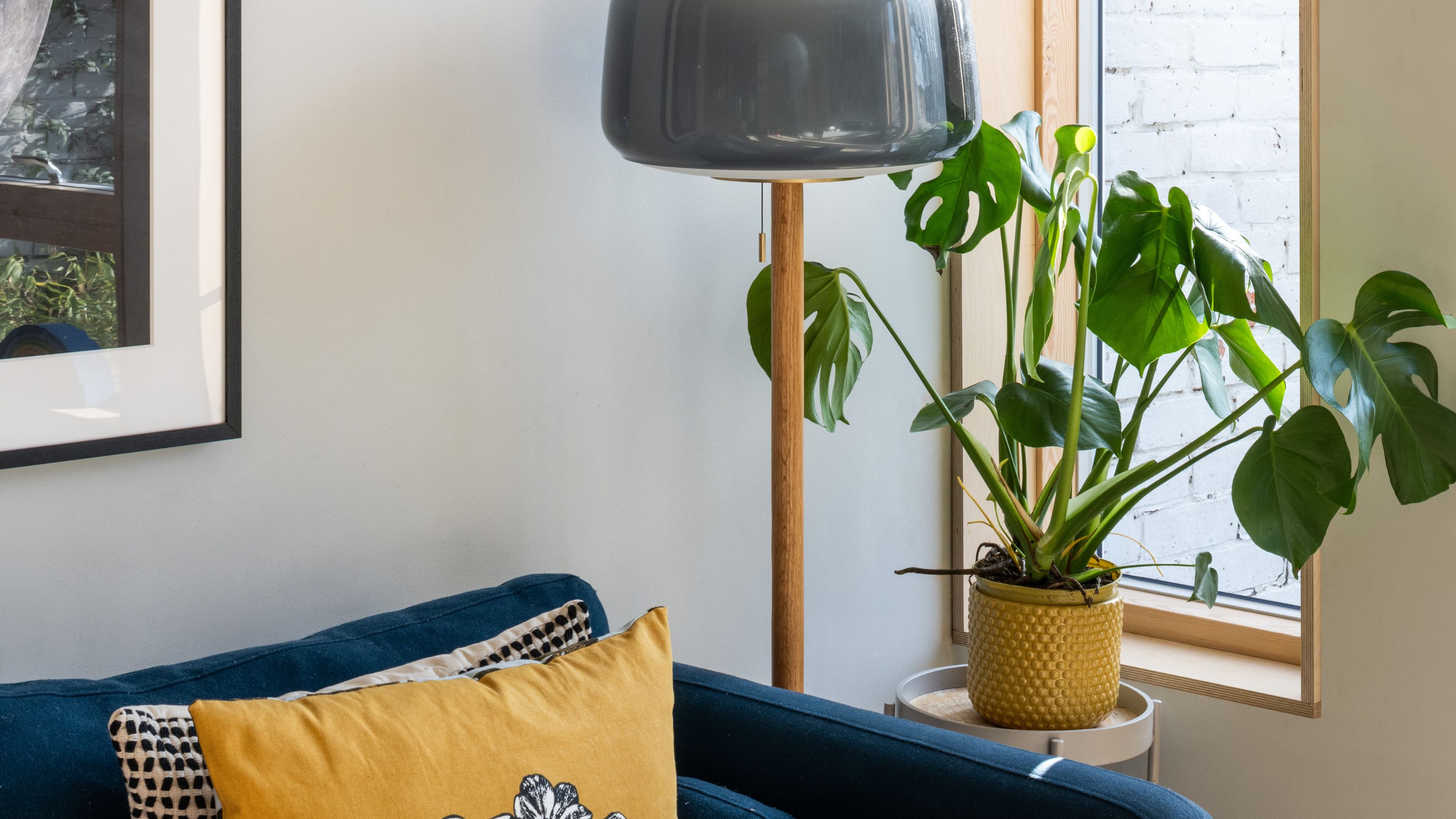
The love for houseplants keeps growing and growing and it's no surprise-as the benefits extend far beyond the aesthetics. The best houseplants for oxygen quite literally breathe new life into our homes.
Of course, all plants emit oxygen (and subsequently carbon dioxide) when they photosynthesise. So whether you've chosen popular houseplants or lesser known varieties, you will reap the benefits of this. However, some plants produce more oxygen than others.
These indoor plants can also help reduce indoor air pollution by absorbing toxins, which are released when furnishings, flooring, paints, and other materials "off-gas" in our homes. This was discovered back in 1989 as part of NASA's landmark Clean Air study, which looked into "sick-building syndrome", a phenomenon of health-issues that came with the advent of highly-insulated, energy-efficient spaces, lacking natural ventilation.
Listen, while a single houseplant isn't going to change the game for a room with poor air quality, every little helps, so why not pick the best options for oxygen, according to horticultural experts?
The Best Indoor Plants for Oxygen
By creating a lush indoor garden, you will enjoy the positive effects it will have in your home, from better air quality to a calm, uplifting space.
"While some researchers insist you need a disproportionately large number of houseplants to make any measurable impact on air quality, it’s always good to have them in an indoor environment," says David Domoney, horticulturalist and author, Plants with Superpowers, available on Amazon.
"On average, we spend 80–90 per cent of our time indoors, whether in workplaces or our homes. Yet the quality of the air we breathe is way down the list of priorities for scientists and policy-makers, even though we enjoy legally enforceable standards of outdoor pollution in most parts of the world."
The Livingetc newsletters are your inside source for what’s shaping interiors now - and what’s next. Discover trend forecasts, smart style ideas, and curated shopping inspiration that brings design to life. Subscribe today and stay ahead of the curve.

David Domoney has been a professional horticulturalist for over 40 years. He is a national garden and nature television presenter. He is a Fellow of the London Colleges of Horticulture, a Chartered Fellow of the Chartered Institute of Horticulture, a Fellow of the Warwickshire Colleges of Horticulture, and a Fellow of the Linnean Society.
1. Peace Lily (Spathiphyllum ‘Mauna Loa’)
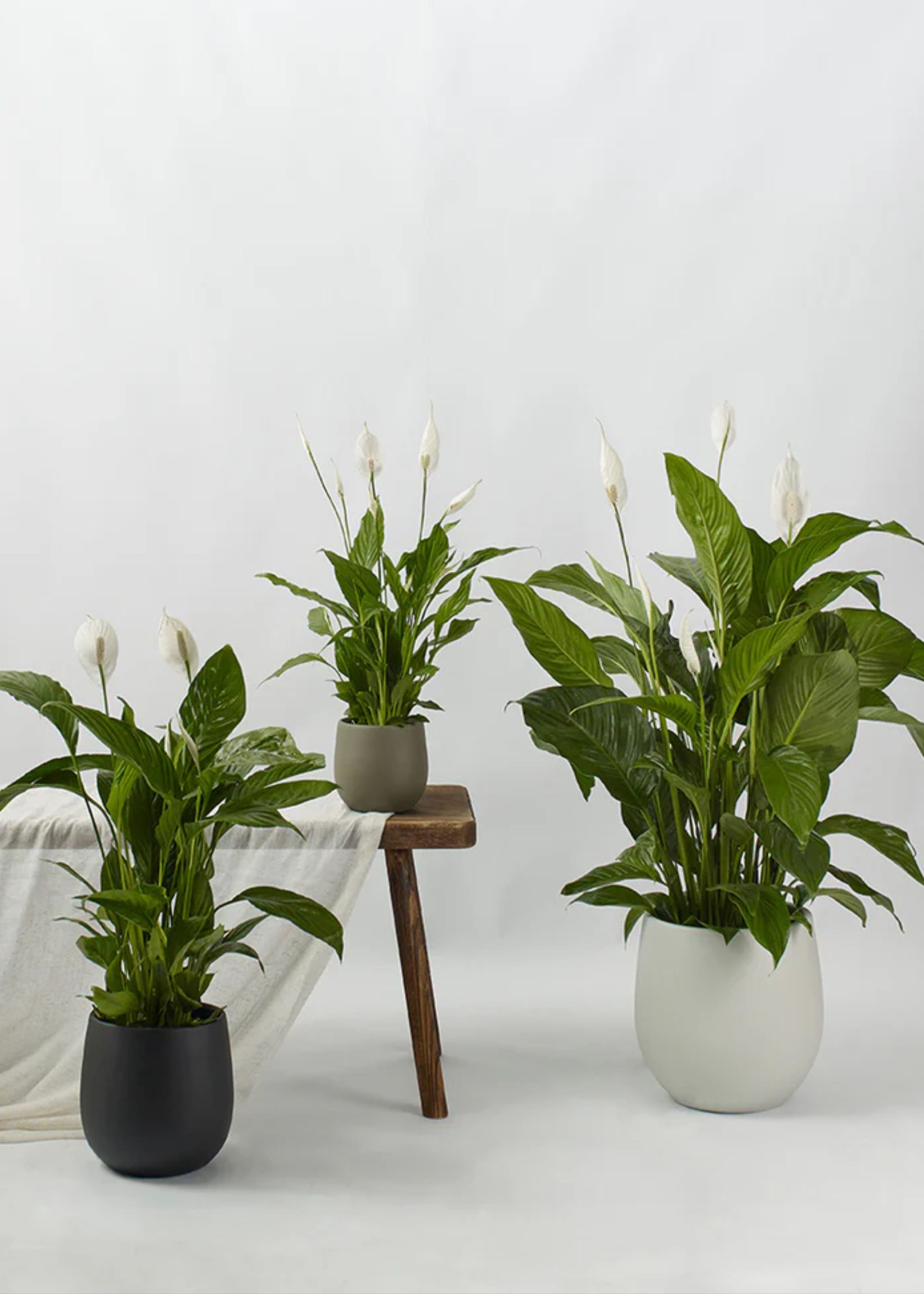
Peace lilies have a way of refreshing the home.
The Peace Lily is one of the best houseplants for beginners; it's also a great plant for absorbing airborne toxins such as fire retardants, solvents, varnishes, paints and other chemicals that accumulate in our homes.
"One of my particular pollutant-fighting heroes include the Peace lily (Spathiphyllum ‘Mauna Loa’), which can absorb benzene and trichloroethylene and produces oxygen," says David.
David continues: "They are also great at reducing levels of mold spores by absorbing and using them as food. One study by NASA found a peace lily removed more than a fifth of trichloroethylene, an irritant found in paint, carpet cleaners and varnishes, from the air in just 24 hours — more than any other houseplant.
"Peace lilies also absorb odors and fumes and are one of the highest oxygen-producing indoor plants, making them an excellent choice for people suffering from allergies or asthma."
2. Golden Pothos (Epipremnum aureum)
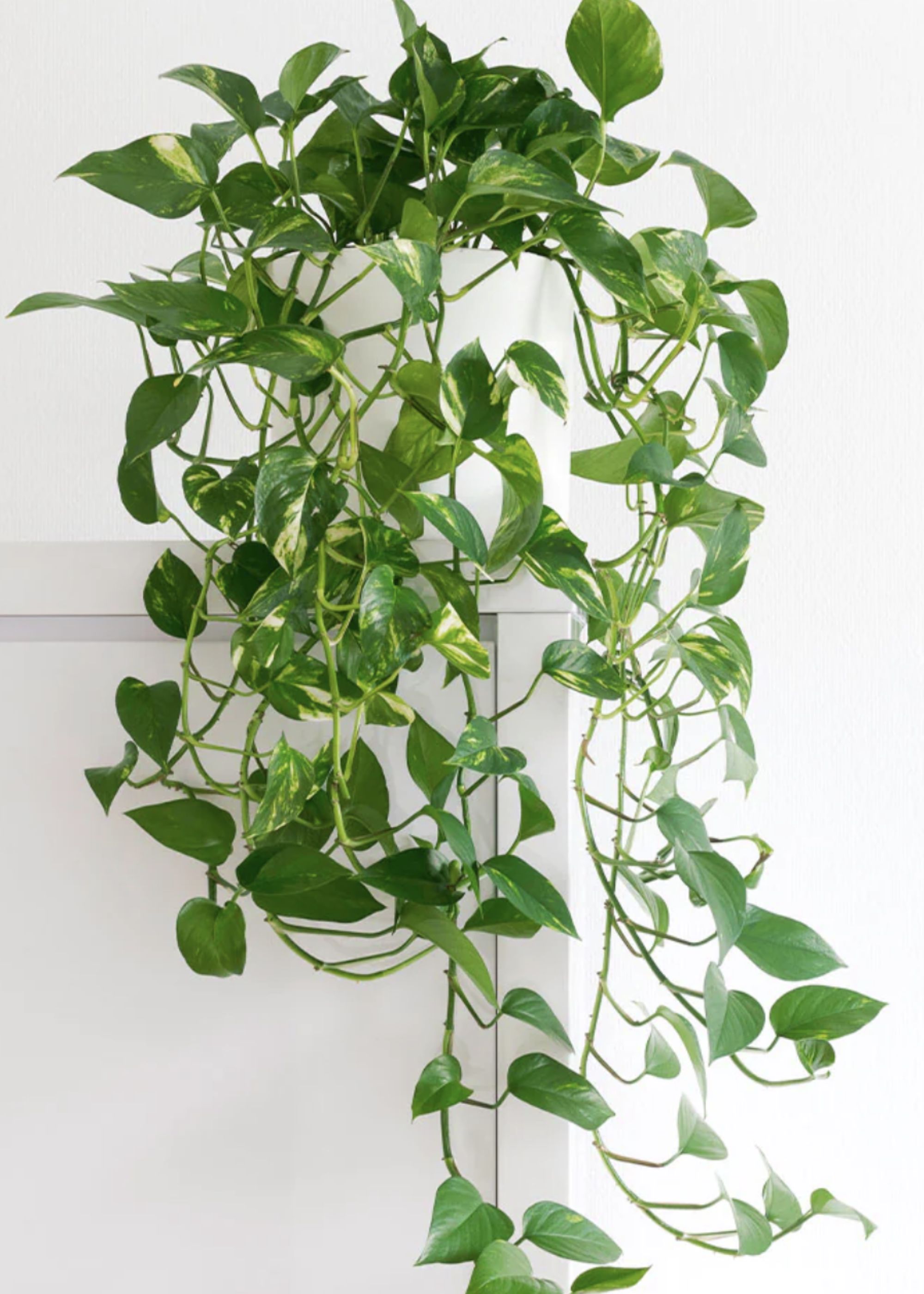
This gorgeous hanging plant is the perfect touch of beauty and grace.
Golden Pothos are among the best indoor hanging plants, due to their rapid growth habit and low-maintenance requirements. This results in plenty of lush tendrils cascading down from hanging planters and high shelves, (or climbing up a pole), without us having to give them too much attention. These ever-increasing tendrils also boost the plants' oxygen output.
"Golden Pothos is loved for being fast growing and easy to care for," says Justin Hancock, horticulturalist, Costa Farms. "The faster it grows, the more photosynthesis is going on—and photosynthesis is key to the plant producing oxygen. To optimize the oxygen production, give your Pothos more light and fertilize it regularly."
The expert says bright light is best, "but this plant tolerates medium and low-light spots too. Water your Pothos as the top half or so of the potting mix dries to the touch. Average household temperatures and relative humidity levels are fine (though above-average relative humidity is preferred)."
However, Justin says you should be aware that the "more highly variegated a Pothos plant is, the less chlorophyll it has—and the less oxygen it will produce."

Justin Hancock is Costa Farms' horticulturist with 25+ years in the industry. A plant enthusiast and educator, he has a degree in horticultural science and has worked in garden centers and botanical gardens, as a garden designer, and in garden publishing. He has experience gardening across the country, from Minnesota to Oregon to Miami. Hancock is also co-host of the Costa Farms podcast Plant Rx.
3. Heartleaf Philodendron (Philodendron hederaceum)
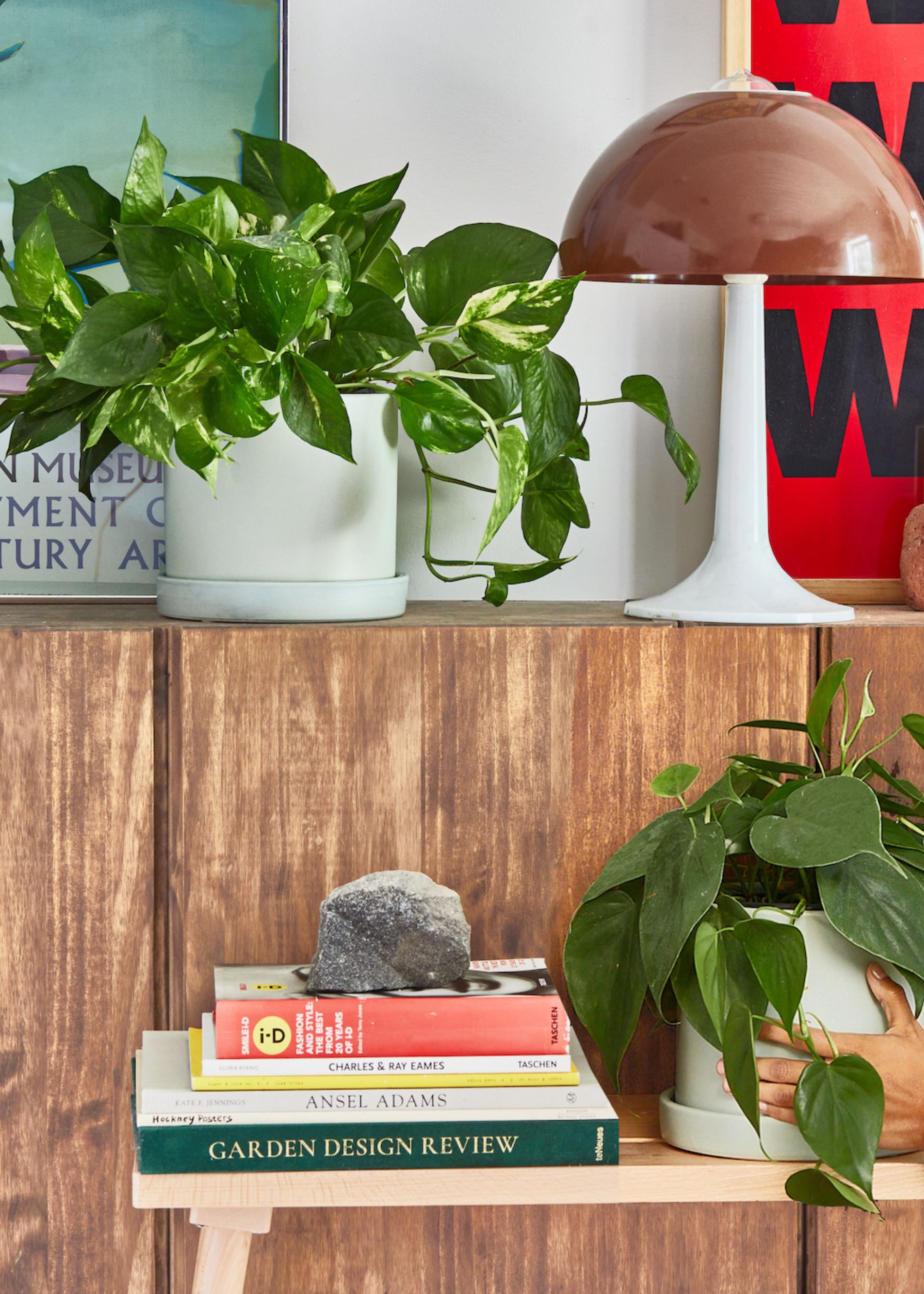
Similar to the golden pothos, this plant can handle a wide range of growing conditions.
Like the Golden Pothos, the Heartleaf Philodendron is a quick-growing climbing or trailing houseplant that tolerates a wide range of growing conditions. Its lovely dark green heart-shaped leaves, which can be trained to climb or cascade, make for a verdant addition to an indoor garden, as does its low-maintenance nature. Its fast-growth is also the reason it produces more oxygen than some other plants.
"Similar to the Golden Pothos, bright light is best for fast growth and photosynthesis in the Heartleaf Philodendron, however, this plant will tolerate lower-light areas too," says Justin. "It also needs watering when the top half of the potting mix dries to the touch. It will thrive in average household temperatures and relative humidity levels, although it prefers above-average relative humidity."
4. Little Swiss Monstera (Monstera adansonii)
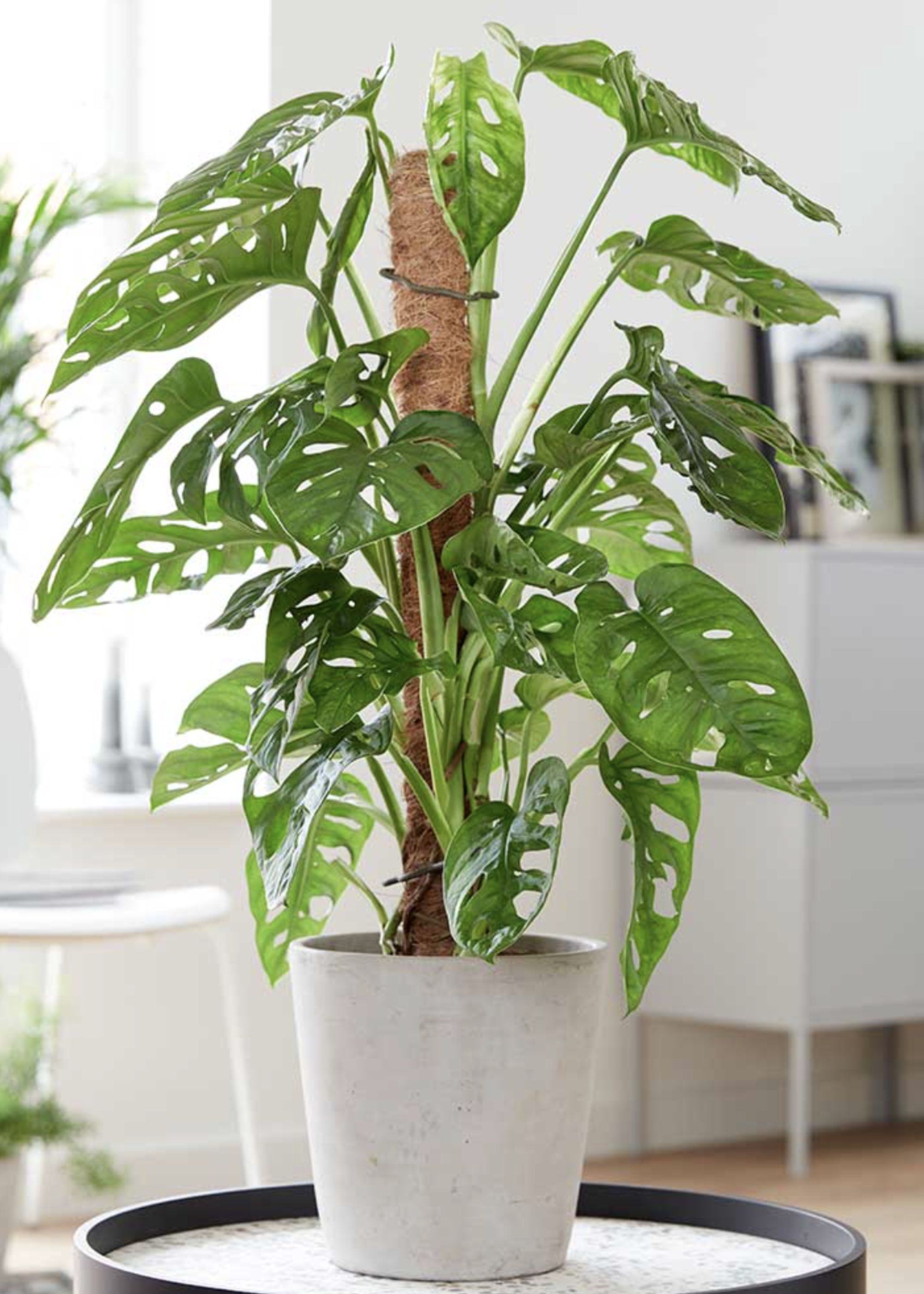
This architectural plant is quite a charmer.
Of all the various types of Monstera plants, the Little Swiss is gaining popularity. It's smaller than the classic Monstera Deliciosa, so requires far less space, but is still as striking, easy to care for and loved for its lacy leaves.
"Little Swiss Monstera is another rapid grower when it gets good light levels." says Justin. "And that growth rate fuels its oxygen production. You can grow it as a climbing or trailing plant, but a benefit to letting it climb up is that its leaves will get dramatically larger.
"This plant loves bright light, although it will tolerates low-light. It will require more water the more light it has, but only water when the potting mix dries to the touch. It will suffer more if it's over-watered, than under-watered."
5. Monstera Deliciosa
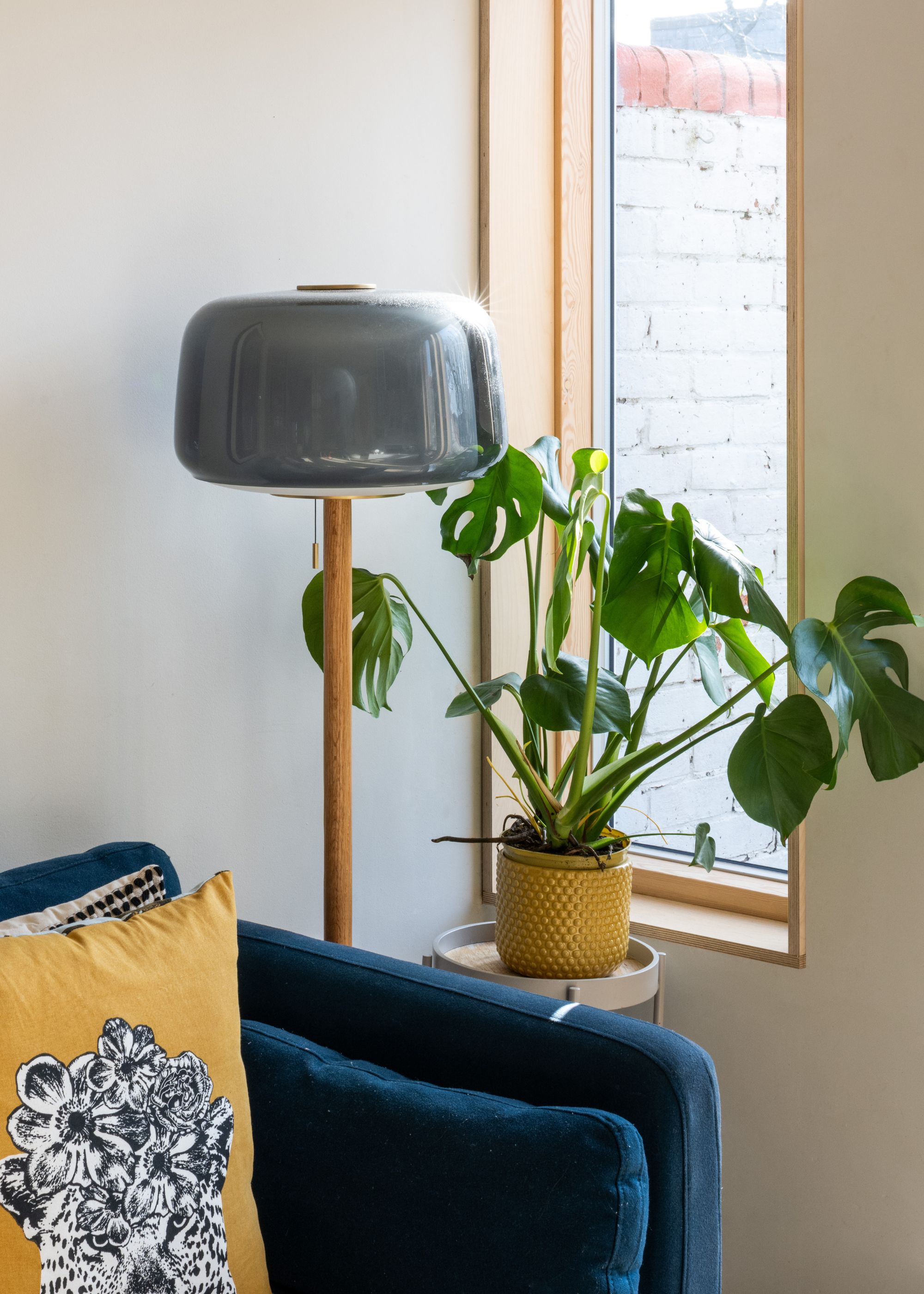
The monstera can produce high levels of oxygen when it's exposed to light.
One of the reasons this houseplant is so loved, is because Monstera plant care is so simple. For a large species with such spectacular fenestrated foliage, it requires little in return. Place it near a window and give it a weekly watering and you will be rewarded with regular growth and its oxygen-boosting properties.
"While Monstera deliciosa doesn't grow quite as fast as its cousin Little Swiss, the deliciosa sports some of the largest leaves of any common houseplant," says Justin. "Those large leaves help it produce lots of oxygen when it’s exposed to high light levels. They’re also incredibly eye-catching, and easy to care for.
"It's maintenance requirements are the same as for the Little Swiss Monstera. And as with the Pothos, if your goal is to have more oxygen production, go for green rather than variegated varieties."
"The Swiss cheese plant makes a terrific, long-lasting indoor plant that pumps out fresh oxygen into the room," adds David. "Not only this, but they clear toxins in the air from the room, and give a calming feeling to the environment."
6. Areca Palm (Dypsis lutescens)
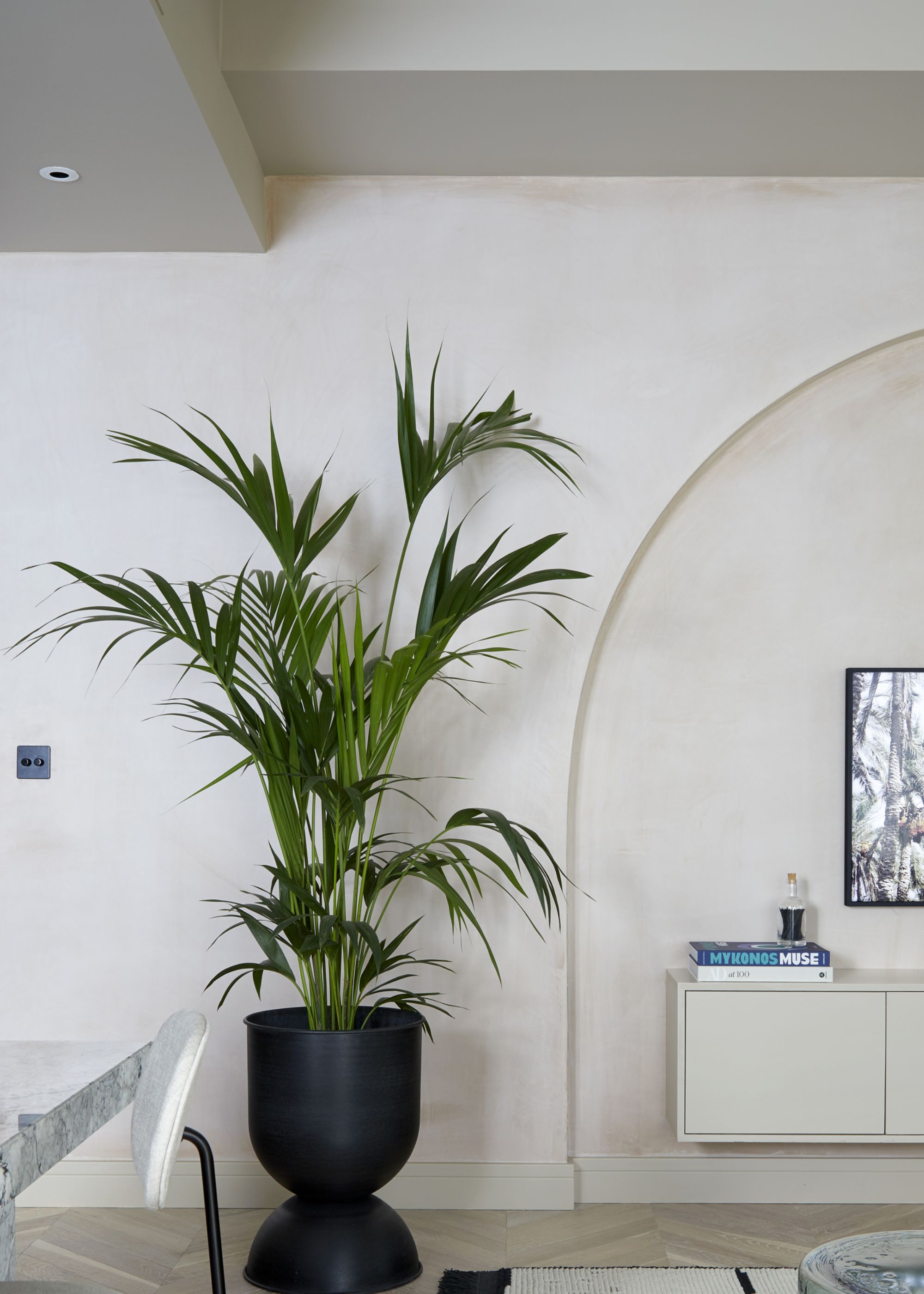
Bright and full of life, the parlor palm is quite the elegant touch to the home.
Areca palms always add a touch of elegance to a space. These plants were popular adornments in the grand cafes during the Art Deco era and still seem to be associated with glamour and opulence. More than this, they are also one of the highest-oxygenating and best houseplants that clean the air.
"This plant is easy to grow as long as it isn't over-watered-and it's one of the top air-cleaning plants," says Lisa Eldred-Steinkopf, houseplant guru and author, Houseplants. "Place it in a prominent spot because it is a beautiful focal plant for any room and can grow up to 8 feet tall.
"A bright light, without direct sun is best. Water thoroughly and then allow the top of the (well-drained) potting medium to dry slightly, before watering again. Never allow the palm to stand in water."

Lisa Eldred-Steinkop is the Houseplant Guru, who features all things houseplants on her blog, thehouseplantguru com. Lisa has worked for over a decade as the annuals and houseplants manager at Steinkopf Nursery, and has been interviewed online, in print, and on TV about houseplants. She is also author of Houseplants and Houseplants for Beginners.
7. Snake plant (Sansevieria)
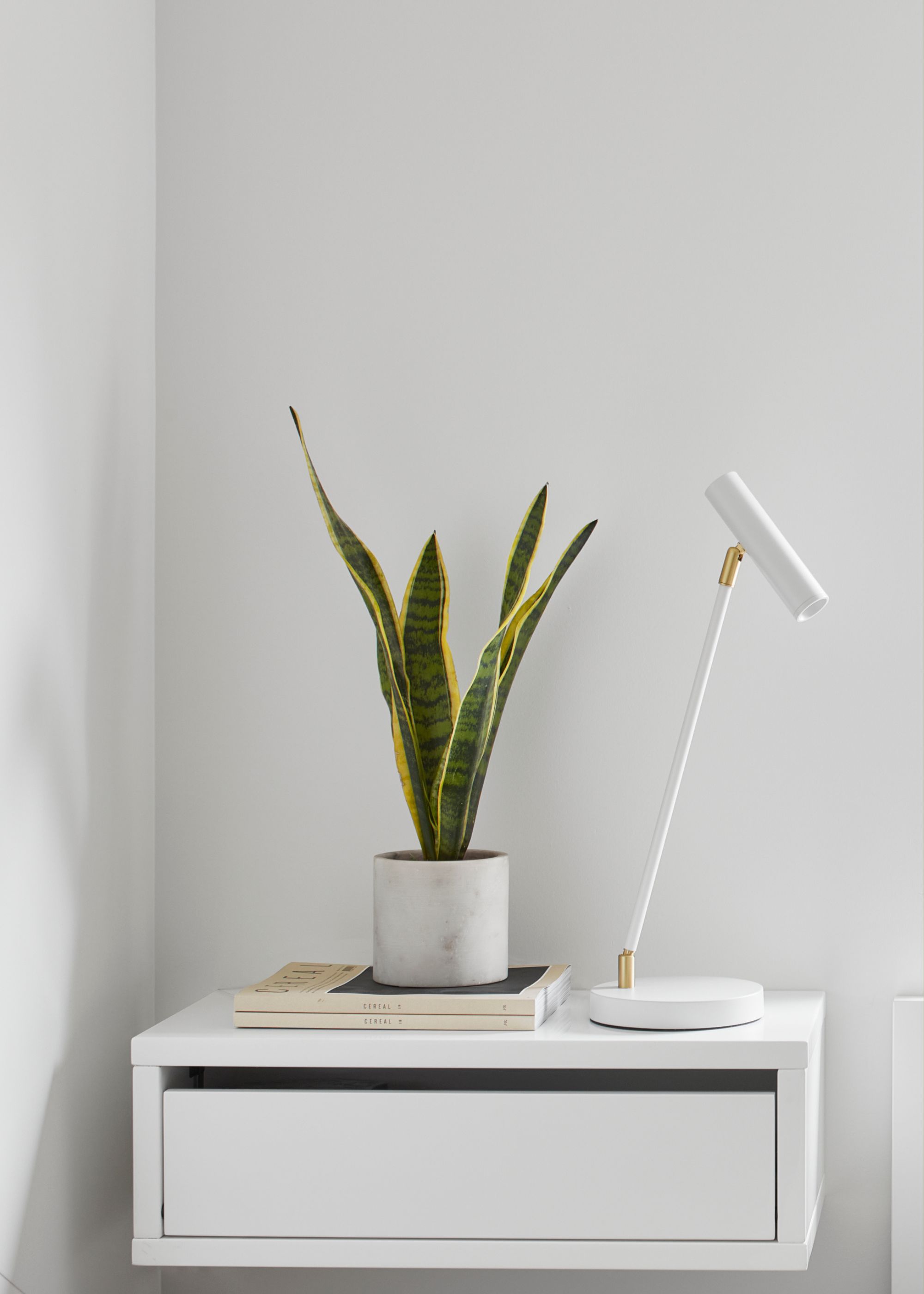
Snake plants are the perfect companions for beginner plant parents.
The Snake plant is a great choice for newbies or neglectful plant parents, as it doesn't require much care. In fact you will often see the Snake plant on a list of the best houseplants for beginners, as it needs infrequent watering and can cope with poor light. In fact, it's more likely to suffer from too much care than too little. It's also one of David's favorites for its unique oxygen producing abilities and more.
"The snake plant, which is a superb oxygen producer, also removes xylene, trichloroethylene and benzene," says David. "This undemanding plant is also thought to ward off evil and is traditionally positioned near the main entrance to the home, to block bad spirits and energy.
"It produces oxygen but, unlike most other plants, it exudes this at night, because when the stomata (microscopic pores) on the plant’s leaves exchange gases they do so only at night to prevent water loss via evaporation in hot climates. Thus, the snake plant is a particularly good bedroom houseplant as it helps to clear toxins."
Decorating with plants has many benefits, from the vibrancy that living foliage brings into a room scheme and the mindfulness that plant care encourages, to their oxygen-boosting, toxin-absorbing benefits. So take time to choose the plants you love most for your home.
Remember also that although plants produce oxygen during the day, they do absorb it and emit carbon dioxide at night, which is why historically they were kept out of bedrooms. As outlined, some species, such as the snake plant do this in reverse, so are better for bedrooms.
Jacky Parker is a freelance lifestyle journalist and writer, producing a wide range of features for magazines and digital platforms. She has written for Livingetc and its sister titles, Homes & Gardens and Country Homes & Interiors for more than 15 years, both as a freelance contributor and as Acting Digital Editor and Acting Style Content Editor, regularly reporting on the latest interiors, gardens and wellness inspiration, speaking to experts in their respective fields, and discovering the best tips.
Jacky has also written for other publications, including Sunday Times Style, The Telegraph, Architectural Digest, House Beautiful, ELLE Decoration, Red, Grand Designs and more.
